Is The Slasher Genre Dead?
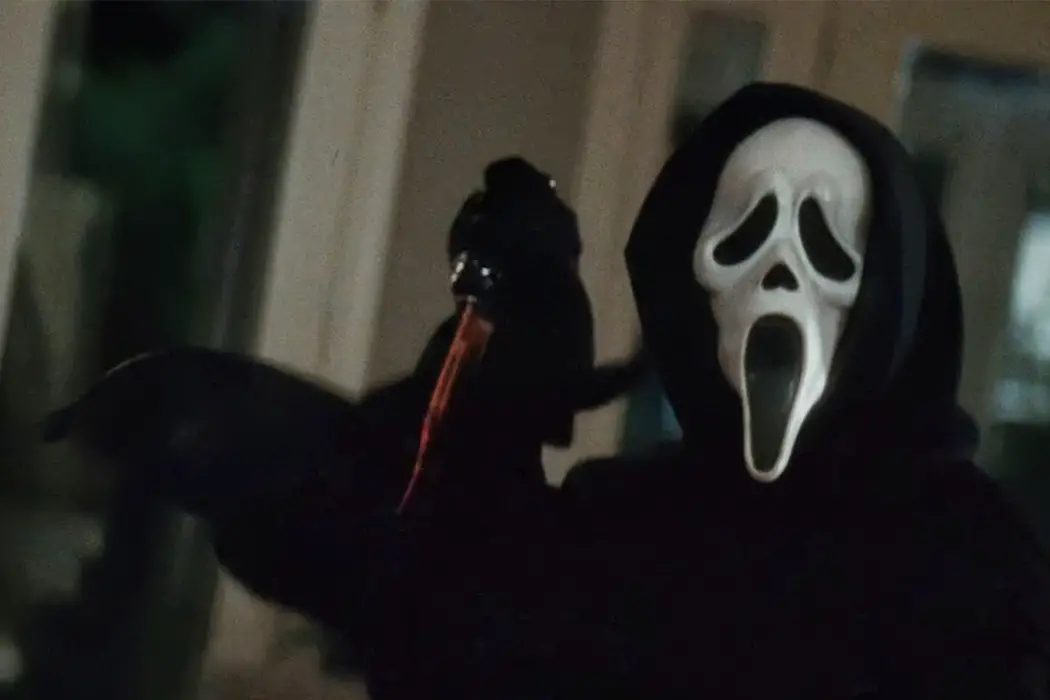
In the 1970s and 1980s, the slasher film was one of Hollywood’s most lucrative horror subgenres. Films like A Nightmare on Elm Street, Friday the 13th, Halloween and The Texas Chainsaw Massacre stormed the box office, while also proving to be popular with the critics. Directors like Wes Craven and John Carpenter became household names.
The slasher seemed endlessly lucrative, with studios guaranteed that they would get strong box office returns with sequels to previously established slasher franchises, like the once never-ending franchises to the films mentioned above. The slasher film seemed unstoppable, much like its iconic killers.
These days, however, slashers are no longer the dominate horror film subgenre at the box office. Slashers have been put on the back-burner by major studios. Jason Voorhees is nowhere to be seen. Freddy is dead. One has to wonder, why has this happened? And is the slasher genre dead?
The early decline and late ’90s revival
This is not the first time slashers have been in decline. After the “golden years” of the 1970s and early 1980s, many slasher films failed to gain the momentum the studios hoped they would. As 1985 came, slasher films were beginning to face audience fatigue, with films in the Friday the 13th and Elm Street series failing to match the commercial and critical success of their predecessors. This would serve as a warning for studios that the slasher was in crisis as, by the time the late 1980s came, they were almost completely dead.
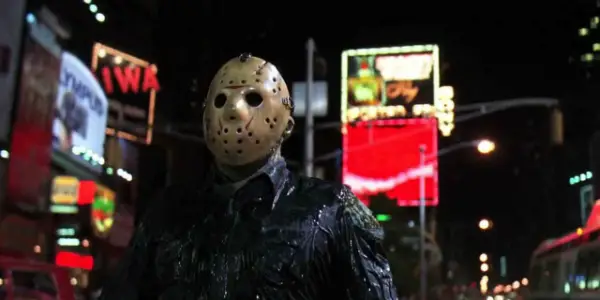
1989 saw three of the slasher’s biggest icons facing commercial failure. Friday the 13th Part VIII: Jason Takes Manhattan, an attempt to reinvent the franchise by taking Jason out of Crystal Lake and transporting him to Manhattan, was a box office bomb. The film grossed only $14.3 million worldwide, making it the lowest of the franchise, and forced Paramount to sell the rights to the franchise off to New Line Cinema.
A Nightmare on Elm Street 5: The Dream Child, also released in 1989, did not fair much better, grossing only $22.1 million at the box office. While both these films did poorly at the box office, it was nothing compared to the commercial wreck that was Halloween 5: The Revenge of Michael Myers, which failed to gain a release outside of North America due to its $11.6 million domestic gross.
As the 1990s came around, it was clear that many slasher franchises needed to be reinvented if they wanted to survive at the box office. Studios attempted this with more Friday the 13th, Elm Street, and Halloween films in the early to mid-1990s, but they failed to gain any commercial momentum, with many of them performing only slightly better than their predecessors.
It wasn’t until Wes Craven’s Scream in 1996 that slashers saw major commercial success once again. Scream grossed $173 million worldwide at the box office, becoming the highest grossing slasher in North America. It also saw great critical success and served as the slasher genre’s much needed reinvention.

Scream’s success ushered in a new wave of slasher films at the end of the 1990s. Films such as I Know What You Did Last Summer (written by Scream screenwriter Kevin Williamson) and Urban Legend rode off of Scream’s success and did well at the box office. The late ’90s also saw the brief return of the sequel, with Scream 2 ushering in this trend after its highly successful 1997 release.
Halloween H20: 20 Years Later, a Halloween sequel, was released in 1998 due to Scream 2’s success, to mild financial and critical success. Despite all this, the slasher revival was very short lived and never fully matched the success the genre saw in its “golden age.” Jason X, for example, was an attempt to expand the Friday the 13th franchise by sending Jason into space. This didn’t work, however, with the film being a complete bomb, despite Scream’s success. 2003 saw the revival go out with a bang with Freddy vs. Jason’s impressive box office returns.
The rise of remakes and direct-to-video
After Freddy vs. Jason, many studios made the decision to avoid doing sequels and instead focused on releasing remakes of popular slasher films from the ’70s and early ’80s. This trend was started by Michael Bay’s production company Platinum Dunes, which has gone on to release predominantly slasher remakes.
In 2003, Platinum Dunes released their first remake, The Texas Chainsaw Massacre, a remake of the 1974 Tobe Hooper classic of the same name. Platinum Dunes was unsure of the film’s box office potential, so they kept production costs relatively low, giving the film a reported budget of only $9 million. This proved to be a wise move on their part, as the film went on to gross an impressive $107.1 million worldwide, despite poor reviews from critics and a lukewarm reception from fans.
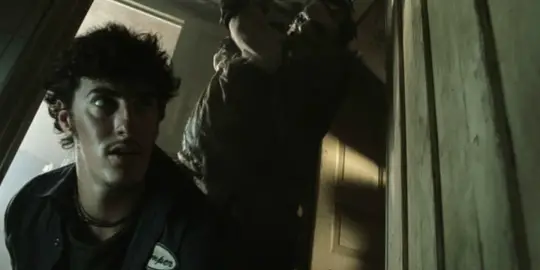
After the success of The Texas Chainsaw Massacre remake, many other studios followed in Platinum Dunes footsteps, producing remakes and reimaginings of classic slasher films. Studios also decided to largely dispose of a majority of their planned sequels to their revival slashers by releasing them directly to video and DVD. This meant they could green-light those films with much lower production budgets, as they were not expected to turn a large profit, in turn saving studios money.
This trend of remakes and reimaginings proved lucrative for studios, with many producing them right up until 2010. The last slasher remake Platinum Dunes produced was A Nightmare on Elm Street, released in 2010. The film was commercially successful, grossing $115.7 million on a budget of $35 million, but was received extremely poorly by both critics and fans. The film ended up being Platinum Dune’s worst reviewed remake in terms of both audience and critic reception.
This overwhelmingly poor reception might seem like the reason that the studio has decided to stop producing slasher remakes, but this would be incorrect. All of Platinum Dune’s slasher remakes were received negatively by critics and fans. Despite this, they kept producing them, as they turned a strong profit. They only stopped because something else was happening in the horror market.
The rise of the low budget supernatural horror
During the rise of the remakes and reimaginings, something else was beginning to gain traction in the horror market. This was the low budget supernatural horror, introduced to mainstream audiences with 1999’s The Blair Witch Project. However, while The Blair Witch Project was a big hit, it was Oren Peli’s massively successful Paranormal Activity, that begun a long line of imitations. With a reported budget of only $15,000 and a worldwide gross of $193.4 million, it is still the most profitable film ever produced.
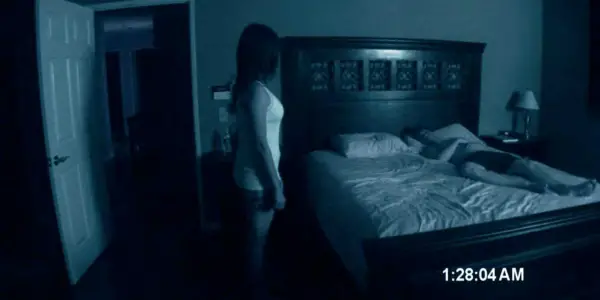
Paranormal Activity’s commercial success sparked a trend of low budget supernatural horrors. This trend grew, as these films are far less expensive to produce than other horror subgenres, including slashers. A good example would be James Wan’s first Insidious film, released in 2010, only a year after Paranormal Activity’s first sequel. Insidious only cost $1.5 million to produce and went on to make $97 million worldwide. It was also able to spark a franchise, much like Paranormal Activity, which is the dream of any studio as it almost guarantees good box office results.
Wan would go on to become a prominent figure in this trend with his highly successful Conjuring franchise, which has started a cinematic universe. Wan’s films tend to rely quite heavily on already established tropes that exist within the supernatural horror subgenre and almost act as retellings of classic films in the subgenre such as Poltergeist and The Exorcist. His films tend to play it very safe, which is exactly what studios want, as it is easy to market. They are also relatively inexpensive to make and tend to turn a sizable profit. The first Conjuring, for instance, cost $20 million to produce and grossed an outstanding $318 million worldwide, setting new records.
Wan’s films have become rather influential in this subgenre, with even Platinum Dunes looking to produce films that mimic his. This would lead them to release Ouija in 2014, which was highly successful, making $103.6 million worldwide against a small budget of only $5 million, $4 million less than their Texas Chainsaw remake. It was clear to studios that these films were far less expensive to make than slashers, and are far more likely to turn a profit. They also tended to gain far better reviews from critics, with the Conjuring films both getting rave reviews.
So, is the slasher dead?
This all leads us to now, with supernatural horror films leading the horror front and slashers very much on the back-burner. The Conjuring films have launched a cinematic universe and the Insidious franchise is getting its fourth sequel next year. All this success for the supernatural horror subgenre doesn’t necessarily mean the slasher is dead; however, it is very clearly in the middle of a decline.
Studios have seemingly lost faith in their slasher properties, with Paramount Pictures cancelling their planned 2017 Friday the 13th reboot and Lionsgate releasing their Texas Chainsaw prequel, Leatherface, directly to DVD. This seems to be the result of lukewarm box office results, with Texas Chainsaw 3D and Scream 4 both doing only moderately well at the box office. It’s fair to say the slasher is very much in a slump.
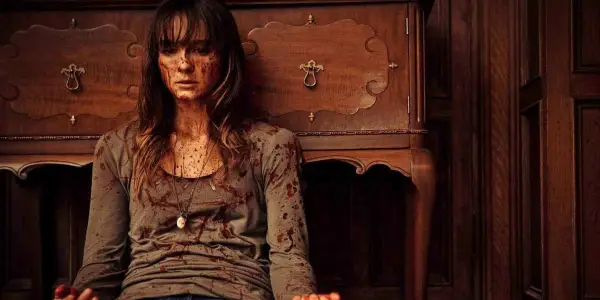
However, if you’re like me and you adore slasher films, there is a glimmer of hope. Although studios don’t tend to market them as heavily as they do with their supernatural horrors, there are successful slashers that are being released. Adam Wingard’s You’re Next proved to be both a critical and commercial success in 2011 along with the Blumhouse produced slasher Happy Death Day which was released this year. Although they haven’t reinvented and reinvigorated the slasher like Scream did back in 1996, they still provide a flicker of hope that the slasher might not be dead.
What do you think? Is the slasher genre dead?
Does content like this matter to you?
Become a Member and support film journalism. Unlock access to all of Film Inquiry`s great articles. Join a community of like-minded readers who are passionate about cinema - get access to our private members Network, give back to independent filmmakers, and more.













